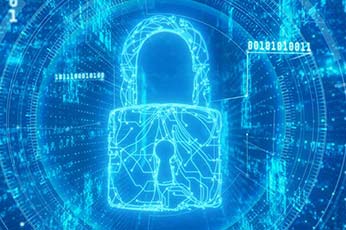By Steve Smith
The information presented here is true and accurate as of the date of publication. DeVry’s programmatic offerings and their accreditations are subject to change. Please refer to the current academic catalog for details.
June 26, 2023
8 min read









